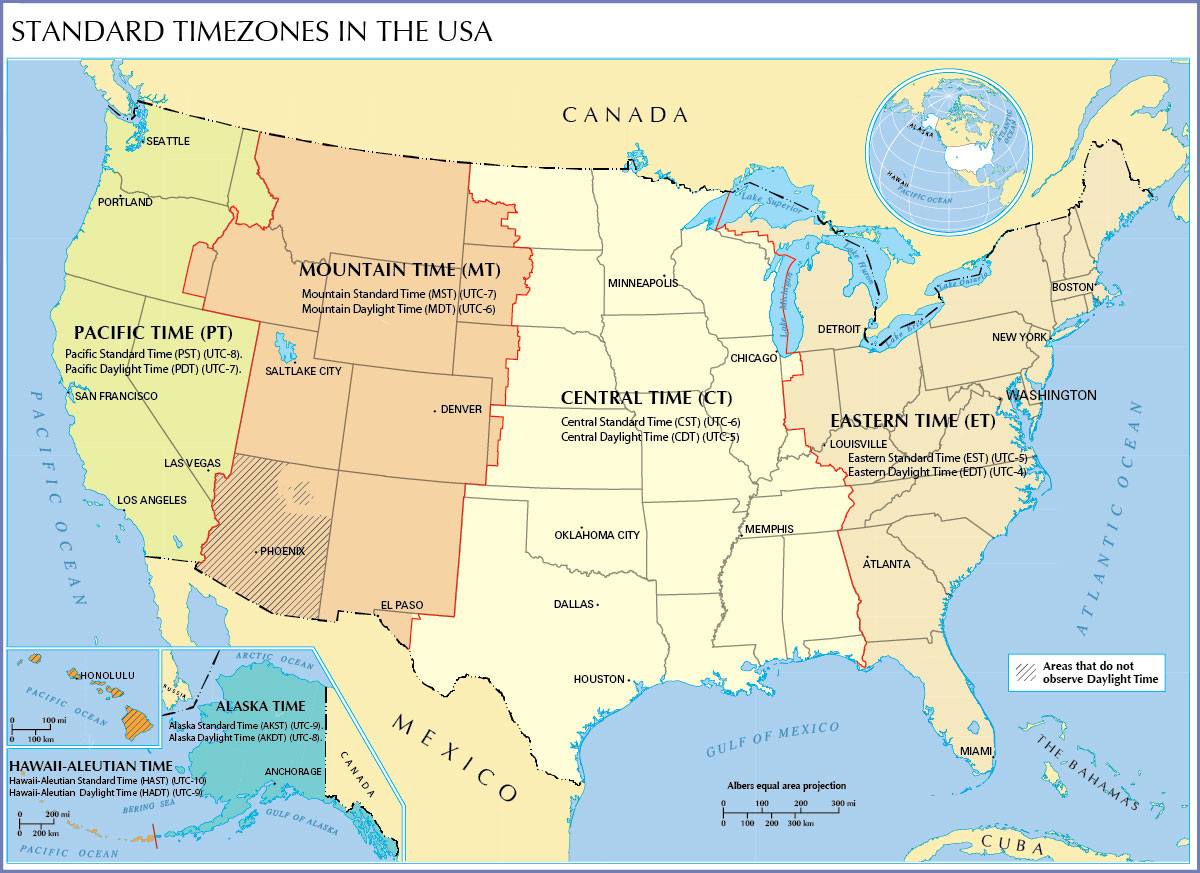
Other private forecasters use similar approaches to “ nowcast” GDP growth. The GDPNow forecast is constructed by aggregating statistical model forecasts of 13 subcomponents that comprise GDP. The Atlanta Fed GDPNow model also mimics the methods used by the BEA to estimate real GDP growth. Wright in a 2009 paper, “by mirroring key elements of the data construction machinery of the Bureau of Economic Analysis, the Fed staff forms a relatively precise estimate of what BEA will announce for the previous quarter’s GDP even before it is announced.” As stated by economists Jon Faust and Jonathan H. These projections-available through 2008 at the Philadelphia Fed’s Real Time Data Center-have generally been more accurate than forecasts from simple statistical models.

In preparation for FOMC meetings, policymakers have the Fed Board staff projection of this “advance” estimate at their disposal. For example, of the four scheduled 2014 release dates of an “advance” (or first) estimate of GDP growth, two are on the second day of a scheduled FOMC meeting with the other two on the day after the meeting. As with many economic statistics, GDP estimates are released with a lag whose timing can be important for policymakers. It is one of the four variables included in the economic projections of Federal Reserve Board members and Bank presidents for every other Federal Open Market Committee (FOMC) meeting. Bureau of Economic Analysis (BEA) is a key metric of the pace of economic activity. The growth rate of real gross domestic product (GDP) measured by the U.S. Please see the "Release Dates" tab below for a list of upcoming releases.
CURRENT US TIMING UPDATE
The next GDPNow update is Wednesday, November 9. After last week's employment situation report from the US Bureau of Labor Statistics and this morning's wholesale trade report from the US Census Bureau, the nowcasts of fourth-quarter real personal consumption expenditures growth and fourth-quarter real gross private domestic investment growth increased from 4.0 percent and 0.7 percent, respectively, to 4.2 percent and 2.1 percent, respectively. The GDPNow model estimate for real GDP growth (seasonally adjusted annual rate) in the fourth quarter of 2022 is 4.0 percent on November 9, up from 3.6 percent on November 3.
CURRENT US TIMING DOWNLOAD
Download our EconomyNow app or go to our website to continue to get the latest GDP nowcast and more economic data. Please note that we no longer support the GDPNow app.
CURRENT US TIMING ARCHIVE
You can also view an archive of recent commentaries from GDPNow estimates. More extensive numerical details-including underlying source data, forecasts, and model parameters-are available as a separate spreadsheet. Recent forecasts for the GDPNow model are available here. It does not anticipate their impact on forthcoming economic reports beyond the standard internal dynamics of the model.

In particular, it does not capture the impact of COVID-19 and social mobility beyond their impact on GDP source data and relevant economic reports that have already been released.

There are no subjective adjustments made to GDPNow-the estimate is based solely on the mathematical results of the model. Rather, it is best viewed as a running estimate of real GDP growth based on available economic data for the current measured quarter. GDPNow is not an official forecast of the Atlanta Fed. Our GDPNow forecasting model provides a "nowcast" of the official estimate prior to its release by estimating GDP growth using a methodology similar to the one used by the U.S. The growth rate of real gross domestic product (GDP) is a key indicator of economic activity, but the official estimate is released with a delay.


 0 kommentar(er)
0 kommentar(er)
